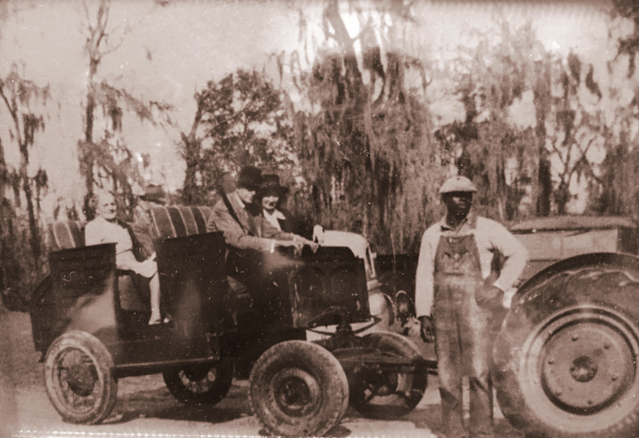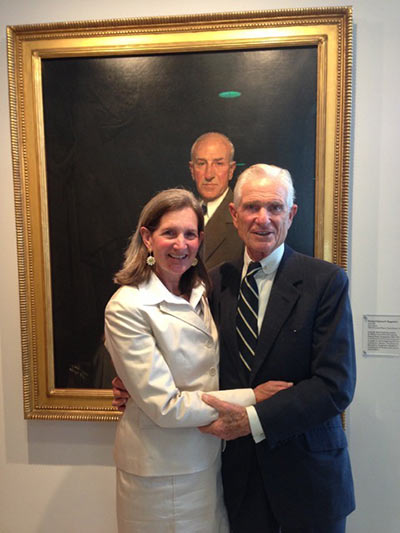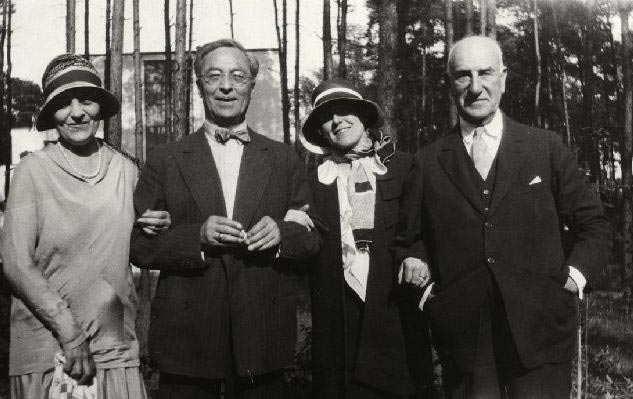It’s easy to understand why my great grandfather, Solomon R. Guggenheim and his wife Irene, were so committed to Charleston and the Lowcountry. Here, Solomon, was able to hunt, fish, ride, and savor country life on Big Survey, his home in Yemassee, while Irene spent time living in the Roper House, enjoying the city, and all that Charleston offered. Now I am able to do the same as a full time resident in Colleton County. It is a special feeling to live in the same place that my great grandfather spent so much time, sharing in his love for open land, wildlife and the treasures of nature.

Solomon was introduced to the Lowcountry by Bernard Baruch, a family friend and advisor, who owned Hobcaw Barony in Georgetown. Sol’s brother, Daniel and nephew Harry came as well, purchasing Poco Sabo and Cain Hoy respectively. They had discovered the ideal place to relax, retreat and relish the outdoors, far away from the day to day work of the family mining business.

Two years ago I was asked to meet with Angela Mack to discuss the possibility of bringing pieces of the founding collection back to the Gibbes. I knew that the idea of having these unique works return to Charleston was a special opportunity and eagerly relayed the message to the Director of the Solomon R. Guggenheim Foundation, Richard Armstrong. He, too, quickly embraced the concept and the two institutions began preparations for a powerful show.
The Guggenheim Museum’s mission is to collect, preserve, and interpret modern and contemporary art through dynamic curatorial and educational initiatives and collaborations. The upcoming exhibit, Realm of the Spirit: Solomon R. Guggenheim Collection and the Gibbes Museum of Art, will be just such a curatorial collaboration. After eighty years, some of the original works that Solomon exhibited at the Gibbes in 1936, and 1938, will return, in a historic and captivating show.

Solomon and his family have always been committed to innovation and cutting edge ideas. When Solomon began collecting non-objective paintings by Kandinsky, among others, it was a definite departure from his earlier artistic focus. He had been greatly influenced by the Baroness Hilla von Rebay, an artist herself, who inspired Sol to support the artists of the time in their efforts to create a new genre of art. She ultimately became the first director of his foundation and museum, which she had encouraged him to build.
Showing these works in the ’30s in Charleston must have caused quite the chatter around town. It will be interesting to see how it is received in the 21st century, eighty years later. I, for one, am thrilled to have these paintings come home, albeit temporarily, to the Gibbes, where they were given their first exhibition space for the world to see.
—Wendy McNeil, great-grandaughter of Solomon R. Guggenheim, and guest blogger
Top image: The Solomon R. Guggenheim Collection at the Gibbes Museum in 1938
Published October 14, 2016

